Preserving Freshness: The Art of Canning Bread in Jars
Introduction:
Have you ever imagined enjoying freshly baked bread months after it was made? Canned bread is the secret to achieving that delightful experience. Canning bread not only allows you to savor the taste of homemade bread long after it was baked but also provides convenience and versatility. In this comprehensive guide, we will explore the process of canning bread, specifically a basic white bread recipe, and even provide an alternative oven variation for those who prefer not to use pressure canning. Get ready to discover the joy of preserving bread in jars and enjoying its fresh flavors whenever you desire!
The Benefits of Canned Bread:
Canned bread offers several advantages over traditional bread storage methods. By preserving bread in jars, you can:
1. Extend Shelf Life: Canned bread can last for several months, maintaining its freshness and taste. It eliminates the worry of bread going stale or moldy within a few days.
2. Convenience: Having canned bread on hand means you always have a ready-to-eat option for breakfast, sandwiches, or snacks. It's perfect for busy mornings or when you need a quick and satisfying meal.
3. Portion Control: Canning bread in individual jars allows for portion control and easy serving. You can open a jar whenever you need a single serving without worrying about the rest of the loaf going stale.
Understanding the Canning Process:
Before we dive into the recipe and instructions, it's essential to understand the canning process and the factors that contribute to successful preservation. Canning bread involves sterilizing jars, filling them with bread dough, allowing the dough to rise, and then sealing the jars for long-term storage. There are two main methods we will explore: pressure canning and oven variation.
Pressure Canning:
Pressure canning is a reliable method for preserving bread in jars. It involves using a pressure canner, which provides the necessary heat and pressure to create a sealed and sterile environment within the jars. The high heat kills any potential bacteria, ensuring the safety and longevity of the canned bread.
Oven Variation:
The oven variation offers an alternative for those who do not have access to a pressure canner or prefer not to use one. This method relies on baking the bread-filled jars in the oven at a specific temperature and time to achieve the desired seal and preservation.
Now that we have an overview of the canning process let's dive into the recipe and step-by-step instructions for both methods.
Recipe: Basic White Bread Canned in Jars
Ingredients:
- - 2 tablespoons instant yeast
- - 2 1/2 – 3 cups water (adjust as needed)
- - 6-8 cups flour (adjust as needed)
- - 6 teaspoons salt
- - 2 tablespoons sugar
- - 1 tablespoon oil
Canned Bread Instructions:
1. Prepare the Jars:
Start by sanitizing and drying about 6 wide-mouth pint jars. It's crucial to use wide-mouth jars for easy removal of the bread. To sanitize the jars, you can either wash them in hot, soapy water and rinse thoroughly or run them through a dishwasher cycle.
2. Mix and Knead the Dough:
In a large bowl, combine the yeast, water, flour, salt, sugar, and oil. Adjust the amount of water and flour as needed to achieve a smooth and elastic dough. The dough should be slightly sticky but manageable. Knead the dough for about 10 minutes until the gluten is developed. Kneading helps develop the structure and texture of the bread.
3. First Rise:
Transfer the dough to a greased bowl, cover it with a clean kitchen towel or plastic wrap, and let it rise until it doubles in size. The rising time can vary from 20 to 60 minutes, depending on the temperature of your house. A warm environment promotes faster rising.
4. Divide and Shape the Dough:
Once the dough has doubled in size, punch it down to release any air bubbles. Divide the dough into 6 equal portions, shaping each portion into a smooth ball. It's essential to have uniform sizes to ensure even baking and consistent results.
5. Fill the Jars:
Grease the inside of each jar with a thin layer of oil or non-stick cooking spray. This step prevents the bread from sticking to the sides of the jars during baking and makes it easier to remove the bread later. Place one dough ball into each jar, gently pressing it with your fingertips to remove any air pockets and ensure it reaches the bottom edges of the jar.
6. Second Rise:
Once the jars are filled with dough, put the lids on tightly. Allow the dough to rise again until there is approximately 2 inches of headspace in each jar. During this rise, the dough will expand and fill the remaining space in the jars.
7. Pressure Canning:
Place the jars in a pressure canner following the manufacturer's instructions. Ensure that you have enough water in the canner to create steam and maintain the required pressure. Process the jars at the appropriatepressure canning method or the oven variation, the result is a convenient and delicious supply of bread that can be enjoyed whenever you desire. So, why not give canning bread a try? Embrace the art of preserving bread in jars and experience the joy of relishing freshly baked bread, even months after it was made.
Conclusion:
Canning bread in jars is a wonderful way to preserve the freshness and flavor of homemade bread for an extended period. Whether you choose the pressure canning method or the oven variation, the process can be a rewarding and enjoyable experience. By following the steps outlined in this guide, you can create a stockpile of conveniently stored bread that will bring delight to your meals and snacks for months to come. So, gather your ingredients, prepare your jars, and embark on the journey of canning bread. Enjoy the taste of freshly baked bread, preserved in a jar, and savor the convenience and versatility it provides. Happy canning!











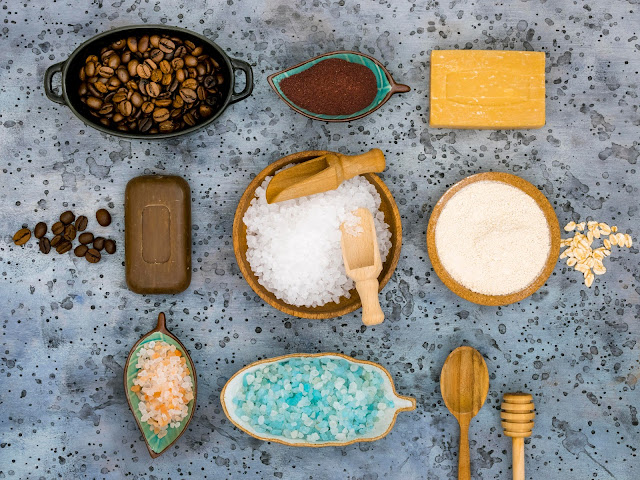

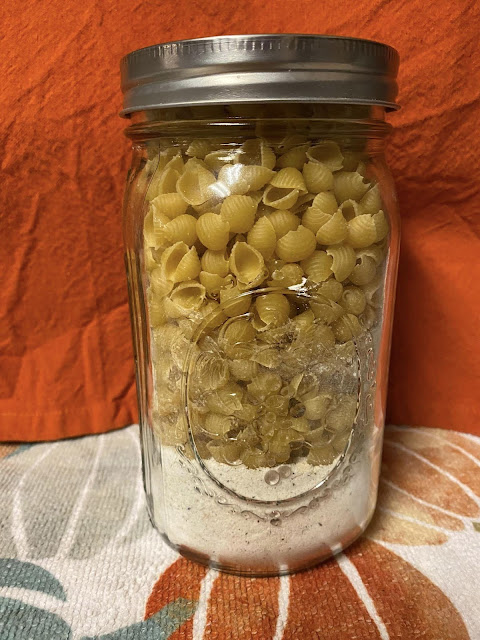




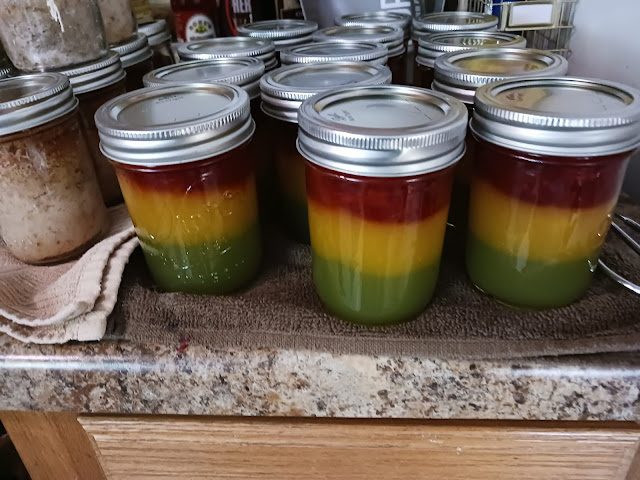

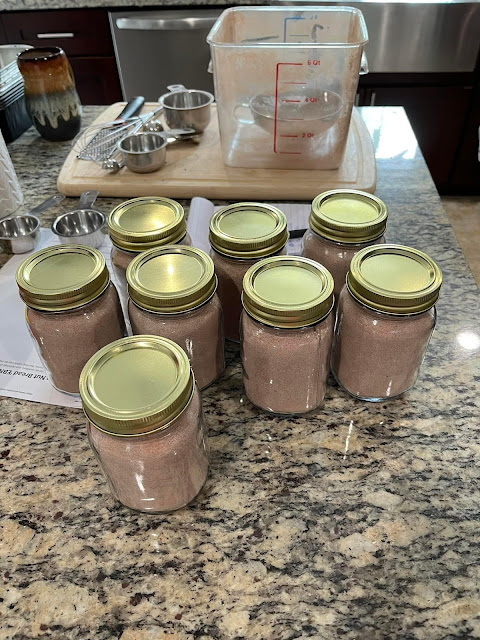

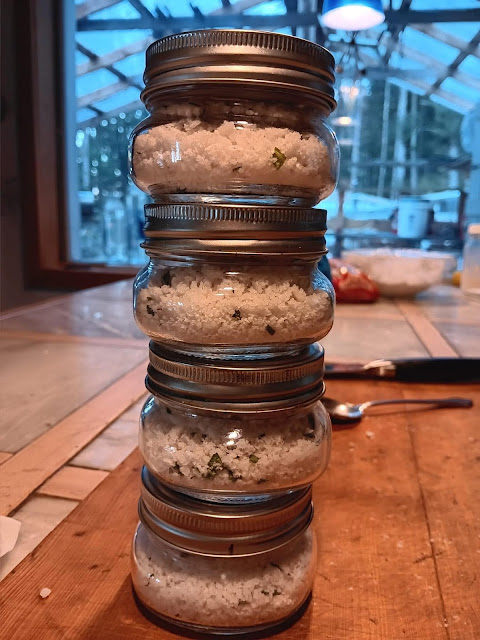
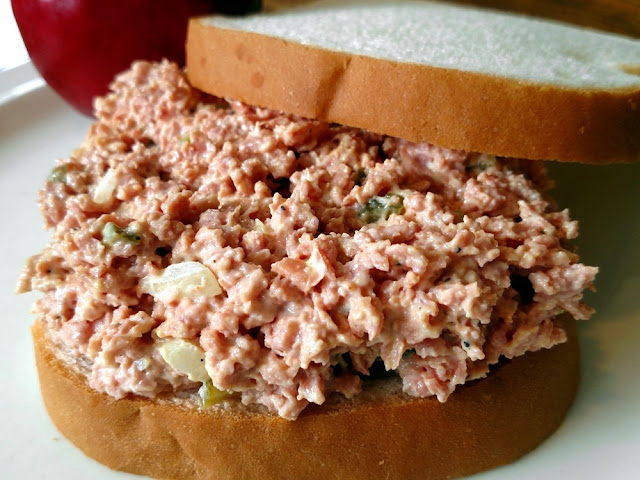



Comments
These are pints, correct?
ReplyDeleteDid I miss temperature and legs of baking in the oven?
ReplyDeleteThis is a wonderful recipe but How do I cook them in the oven?
ReplyDeleteI am going to try this recipe tomorrow. I am not comfortable with pressure canning it, so I am going to use the oven method. A regular white bread recipe for two loafs says to bake at 350* for approx 30 minutes. Let's see what happens.
DeleteWait… what above the instructions for baking in the oven? I don’t have a pressure canner. But I’d love to try this in the oven!
ReplyDeleteSo it doesn't give a time to pressure can them. Everything I have read about canning bread is a no no. So how much time?
ReplyDeleteMissed the oven canning directions.
ReplyDeleteI have canned pumpkin bread for years in the oven. I think it would be the same process.
ReplyDeleteI fill my jars 2/3 full. Bake in oven as per your recipe. When toothpick comes out clean bread is done. Take out of oven and immediately put on hot lids and rings…set aside and let seal.
Note: I have never canned white bread.
FYI! This recipe absolutely does not work in a pressure canner. Dangerous! Do not attempt!
ReplyDeleteI did mine in a PC with no problems at all and it is delicious!
DeleteHow long in presser canner with 10 lb
ReplyDeleteHow long did you process ?
DeleteYes, please tell us how long to process???
DeleteHow long do you pressure can it for ???????? This is rediculous
ReplyDeleteLol 😂😂 who are you people calling out to?? It's AI generated content there's no bread canning lady waiting for your comments 😭
ReplyDeleteNo baking instructions!
ReplyDeleteWaterbath 3 hours, rolling boil. Pressure can 90 mins.
ReplyDelete